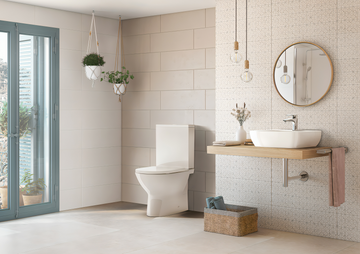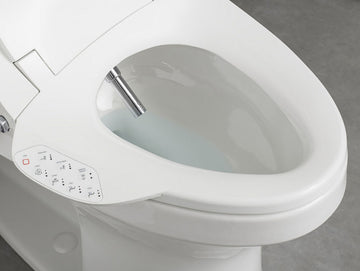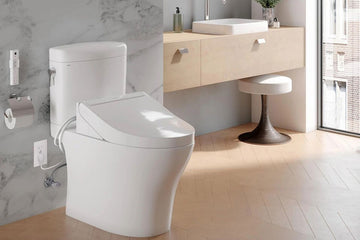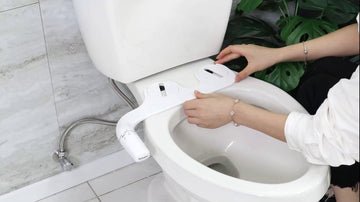In today's fast-paced world, modern toilet innovations are revolutionizing the way we think about our bathroom experiences. As technology continues to advance, the traditional toilet has evolved into a sophisticated hub of convenience, hygiene, and sustainability. This shift is not only enhancing our personal comfort but also addressing critical industry concerns such as water conservation and sanitation.

The Evolution of Modern Toilet Innovations
The journey of modern toilet innovations is deeply rooted in the quest for improved hygiene and user experience. Over the years, toilets have transitioned from basic sanitation facilities to technologically advanced systems that cater to a wide array of needs. This evolution has been driven by both consumer demands and industry standards aimed at promoting sustainable practices and enhancing user satisfaction.
One of the pioneering innovations in this realm is the advent of smart toilets. These toilets come equipped with features such as automatic flushing, heated seats, and even built-in bidets. Such advancements are designed to optimize user comfort and hygiene, making them an attractive choice for modern households and public spaces alike.
Key Features of Smart Toilets
Smart toilets are a cornerstone of modern toilet innovations. They offer a range of features that significantly enhance the bathroom experience. For instance, some smart toilets offer motion sensors that automatically open and close the lid, minimizing the need for physical contact. This not only enhances hygiene but also adds a layer of convenience, especially in public restrooms.
Another remarkable feature is the integration of self-cleaning technology. Many smart toilets are equipped with UV lights and electrolyzed water systems that sanitize the bowl after each use. This innovation not only reduces the need for harsh cleaning chemicals but also ensures a consistently clean and fresh environment.
Water Conservation and Environmental Impact
Water conservation is a pressing concern in the realm of modern toilet innovations. Traditional toilets are notorious for their high water usage, making them a target for environmental sustainability efforts. Modern toilets, however, are designed with water efficiency in mind. Dual-flush systems, for instance, allow users to select the appropriate amount of water needed for each flush, significantly reducing overall water consumption.
Moreover, innovative designs such as vacuum toilets and composting systems are gaining traction. These systems use minimal water or no water at all, making them highly sustainable options for both residential and commercial settings. By adopting such technologies, the industry is taking significant strides towards reducing its environmental footprint.
Challenges and Future Prospects
Despite the remarkable advancements in modern toilet innovations, there are challenges that need to be addressed. One of the primary concerns is the cost associated with installing and maintaining smart toilets. While these innovations offer long-term benefits, the initial investment can be prohibitive for some consumers and businesses.
However, as technology continues to evolve, it is expected that the cost of these innovations will decrease, making them more accessible to a broader audience. Additionally, ongoing research and development efforts are likely to yield even more advanced features, further enhancing the functionality and appeal of modern toilets.
Conclusion
In conclusion, modern toilet innovations are reshaping the bathroom experience by integrating cutting-edge technology with sustainable practices. As the industry continues to evolve, these advancements promise to deliver greater comfort, hygiene, and environmental responsibility. For those in the industry, staying abreast of these developments is crucial to ensuring that they remain at the forefront of this transformative trend.

Frequently Asked Questions
What are some common features of modern toilets?
Modern toilets often come equipped with features such as automatic flushing, heated seats, motion sensors, and self-cleaning technology. These features enhance user comfort and hygiene.
How do modern toilets contribute to water conservation?
Modern toilets are designed with water efficiency in mind. They often incorporate dual-flush systems and other technologies that reduce water usage, helping to conserve this precious resource.
What are the challenges associated with modern toilet innovations?
While modern toilet innovations offer numerous benefits, they can be costly to install and maintain. However, as technology advances, these costs are expected to decrease, making them more accessible to a wider audience.
This article contains affiliate links. We may earn a commission at no extra cost to you.





